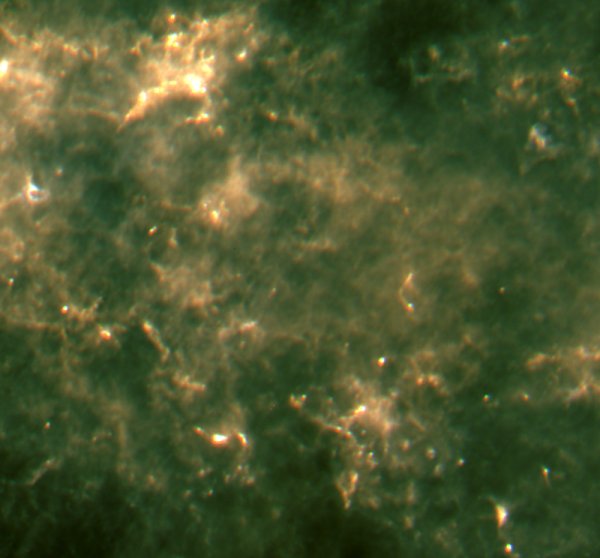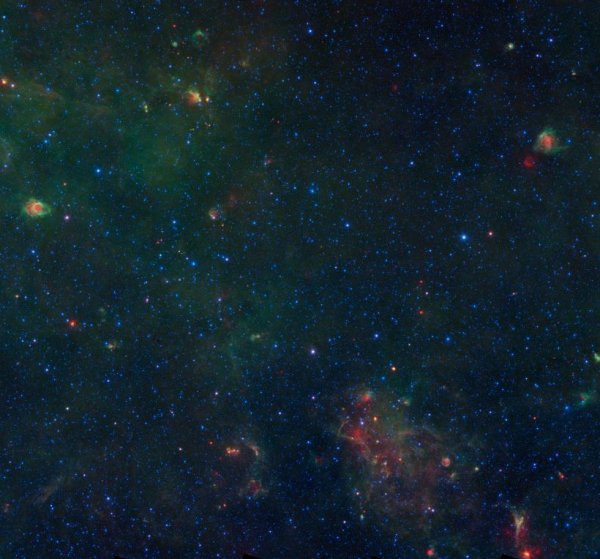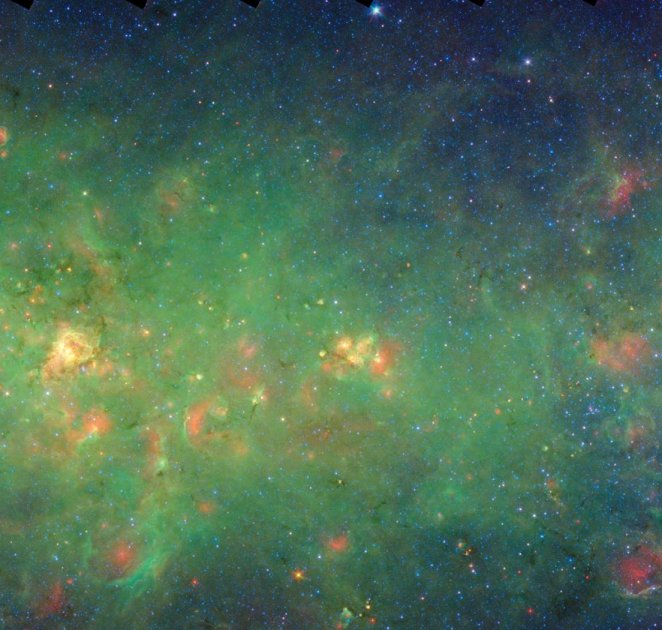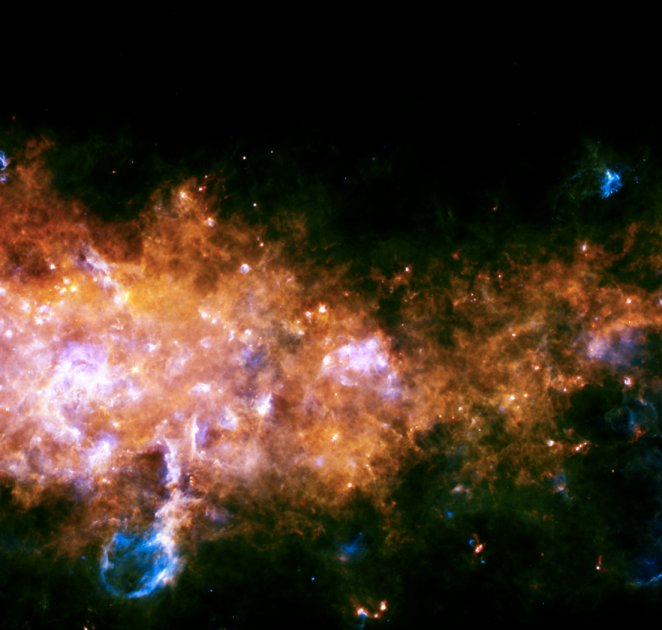Twitter feed
I thought that I would join the 21st century and add a Galaxy Map twitter feed:
You can also subscribe to my blog's RSS feed:
I thought that I would join the 21st century and add a Galaxy Map twitter feed:
You can also subscribe to my blog's RSS feed:
I've added two new chapters to the Our Galactic Region book. These are a description of the basic plan of the Milky Way and an explanation of several techniques that astronomers use to estimate distances, Surveying the Galaxy.
I never had a basic plan description for the Milky Way before on this site because I assumed that this kind of information is widely available elsewhere. But a look around the Web showed that this was not really true and much of the information that was available was incorrect or outdated. (It doesn't help that astronomers cannot even agree on the names of the spiral arms and so many people get the impression that there are more spiral arms than there really are.)
I've also added an improved introduction to the Face-on map overview chapter.
During the big Herschel science conference in early May, I blogged about the issue of data access, complaining (perhaps a bit unfairly) that we will have to wait at least another year for the full results of the Hi-GAL survey of the inner galaxy.
According to the Hi-GAL schedule given here, we can expect to see the "start of incremental releases" of the Hi-GAL "maps in 5 bands" about 24 months after Herschel's launch (that is, May 2011).
It is therefore interesting to see that the full five band data for four Hi-GAL tiles (all dated January 2010) are already publicly available from the Herschel archives.
Curiously, none of these are the tiles for 30° or 59°, which have already been described in at least one scientific paper and a press release, nor are they in the direction of RCW 120, which was the subject of another press release and several scientific papers.
Instead the data are for the tiles for the galactic longitudes 303°, 305°, 312° and 323°.
It looks like this new data also points to a wealth of new scientific discoveries.
As just one example, here is an image based on Herschel's longer wavelength SPIRE instrument centred at 303.75°. I created this image from SPIRE's 500 μm (red), 350 μm (green) and 250 μm (blue) bands. SPIRE is sensitive to submillimetre wavelengths in frequencies where longwave infrared is merging into shortwave radio frequencies.

Compare this with the equivalent Spitzer image (seen here in the Milky Way Explorer):

The most obvious difference is the large area of submillimetre emission surrounding the obscure infrared source IRAS 12578-6217. This is visible towards the upper left of the Herschel image. Interestingly, this object is not visible at longer wave radio frequencies, eg. in this SGPS image.
The presentations from the Herschel science conference last week are now available here:
http://herschel.esac.esa.int/FirstResultsSymposium.shtml
and many of the related scientific papers are here:
http://xxx.lanl.gov/find/astro-ph/1/ti:+herschel/0/1/0/past/0/1
As well, you can find news releases here:
http://www.esa.int/SPECIALS/Herschel/index.html
and pretty pictures here:
Unfortunately the multiple Herschel websites are a confusing maze but hopefully those links will let you get right at the good stuff.
Here's another Herschel (Hi-GAL) vs. Spitzer (MIPSGAL) comparison. This time the image is closer to the galactic centre towards the constellation Aquila (about 30° galactic longitude).
Spitzer (can be seen in the Milky Way Explorer here):

and Herschel:

It should be noted that a significant reason for the differences in the Spitzer and Herschel images is the colour ranges and luminosity levels chosen by the people who rendered the data. If you copy these images and run histogram equalisation on them in a graphics program, you will see that the underlying data are more alike than is first apparent.
Still, there is no doubt that Herschel reveals more detail, especially in the colder dust, than Spitzer.